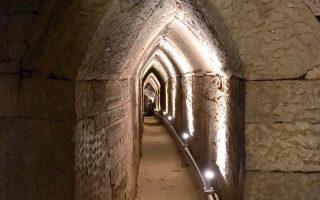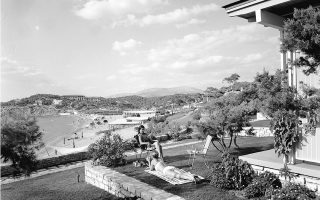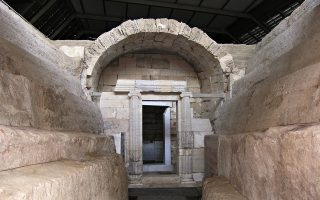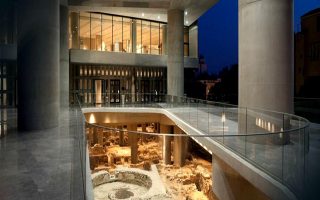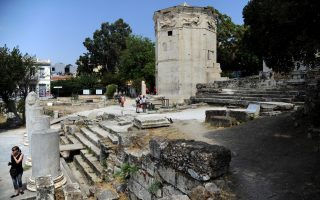Kavala, the lady of east Macedonia
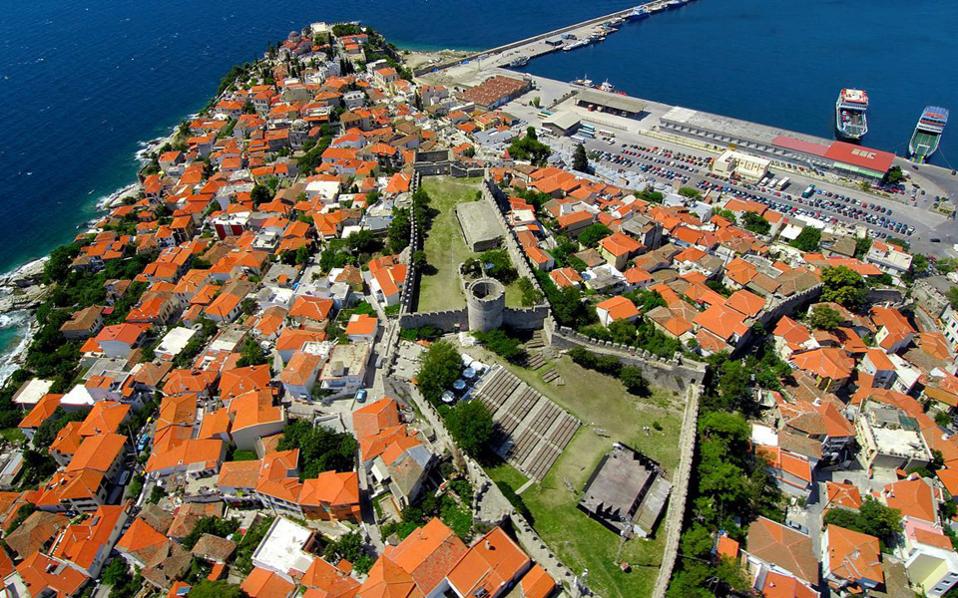
Kavala's location is ideal, looking out to the island of Thassos and close to Thessaloniki, Drama and Serres. For more adventurous travelers, Istanbul is just a four-hour drive away. If you look for the city on a map, you'll see it's in the heart of northern Greece, in an ideal spot for excursions around the region.
Kavala has many of its own attractions, easily noticeable upon arrival. The city is built on a hill that juts out into the sea and even has its own castle. It also has Ottoman monuments and an aqueduct that was built during the reign of Suleiman the Magnificent in the 16th century (locals call it the “arch”), as well as many old mansions once owned by rich tobacco merchants inside its densely built urban center.
The people of Kavala are themselves an attraction. The city has a population of around 70,000, many of whom are descendants of refugees uprooted in the 1923 population exchange with Turkey. Some work to maintain memorials and monuments honoring the history of their ancestors in Asia Minor and eastern Thrace. Kavaliotes are mild-mannered, welcoming and friendly. Unfortunately, since World War II, the Jewish community has disappeared. Unlike the pre-war Jewish communities in the rest of Greece, who were Sephardic or Romaniote, most here were Ashkenazi. It is said that they were brought by Suleiman the Magnificent from Hungary. The last Jew in Kavala, a Holocaust survivor named Sabi Tsimino, was a tobacco trader and died a few years ago.
Kavala's Ottoman past is quite visible. The castle, which is at the tip of the peninsula of the Virgin Mary and affords panoramic views, is worth a visit. There you'll see the remains of a Byzantine fortification, which has been well preserved. On the ascent to the entrance of the castle is the Halil Bey Mosque. The most important Ottoman monument in Kavala is the Imaret, which operated as a seminary and workhouse. Since the early 2000s, it has been transformed into a luxury hotel, having undergone an incredible restoration. Organized tours are open to all, including non-guests.
Nearby is the former home of Mohammed Ali, the Kavala native who founded the last dynasty of Egypt and sent money for the construction of the Imaret in his hometown. His house is now the headquarters of the Mohammed Ali Research Center for the study of secular Ottoman culture and often hosts exhibitions.
It would be a shame for one to leave Kavala without paying a visit to Archaeological Site of Philippi. There you can see artifacts that shed light on the Hellenistic, Roman, Byzantine and Paleochristian eras, while it also hosts the Philippi Festival every summer. It is roughly a 15-minute drive from the center of Kavala.
Philip II of Macedon gave an existing small town his name, but what's most interesting is that it was upon this very ground that an important battle was fought in the year 42 BC, from which Octavius emerged victorious and changed the area's fate. It has a well-preserved theater, a market and other fragments of ancient structures. On the same site, a century after the aforementioned great battle, the Apostle Paul founded the first Christian church to be erected on European soil. Some of the earliest Christian developments can be seen among the archaeological site. Nearby is the shrine of Aghia Lydia, where Saint Paul baptized the first Christian.
